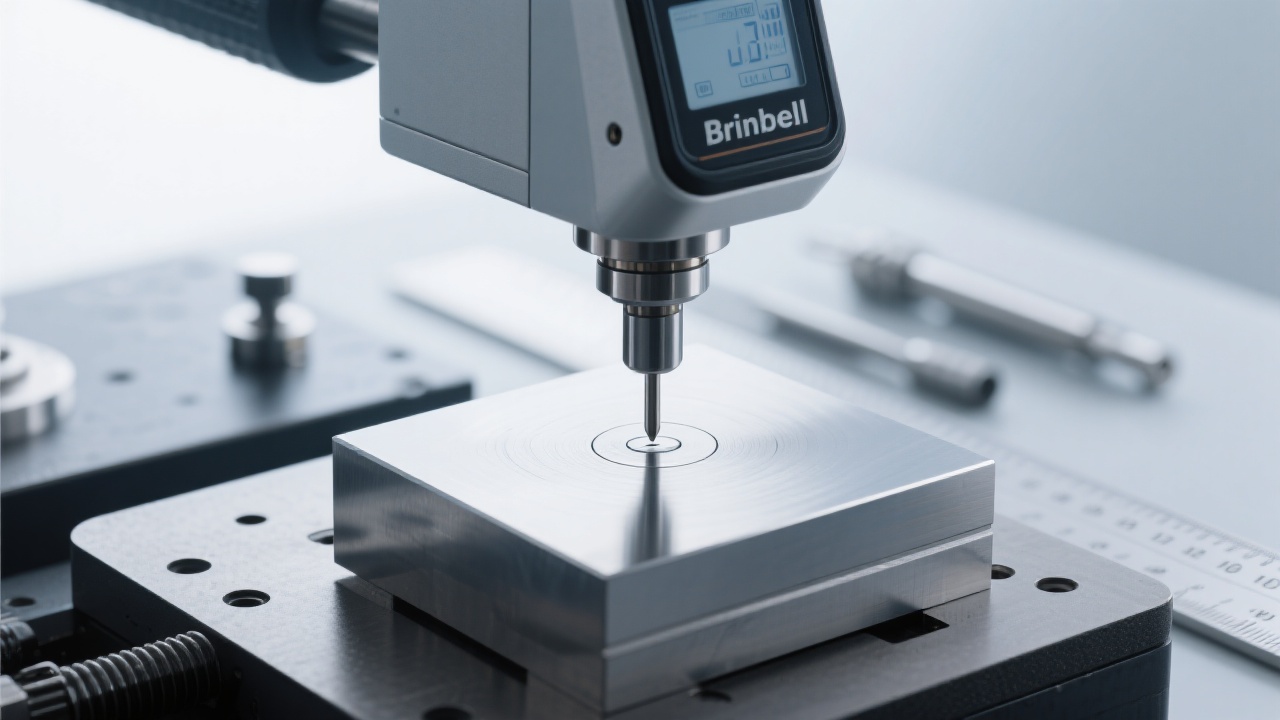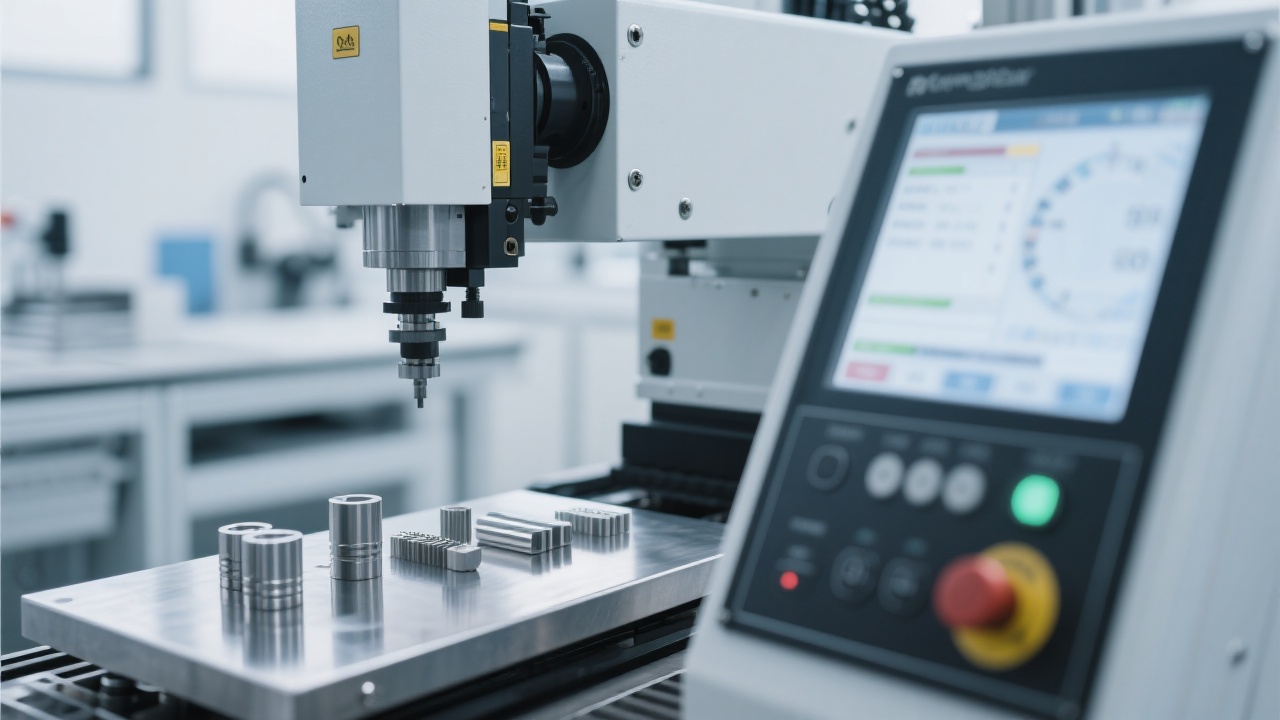
As a novice technician in the field of Brinell hardness testing, you might often encounter various challenges. This guide is specifically designed to help you navigate through the common issues in Brinell hardness testing, from sample preparation to data recording. By combining practical examples of using the Jincheng HB - 3000B Brinell hardness tester, we'll address frequently - asked questions and provide you with a standardized approach to enhance your testing proficiency.
Let's start with the core steps of the Brinell hardness testing process. First, surface treatment of the sample is crucial. A rough or uneven surface can lead to inaccurate test results. You should ensure that the sample surface is smooth and free of scratches and oxides. The recommended surface roughness for optimal results is Ra ≤ 1.6μm.

Next, proper specimen fixation is essential. Incorrect fixation methods can cause the specimen to move during the test, resulting in inconsistent indentation. You can use clamps or fixtures to secure the specimen firmly. For different specimen shapes, such as flat or curved specimens, different fixation techniques may be required. The Jincheng HB - 3000B is particularly useful when dealing with curved specimens, thanks to its excellent adaptability in curved surface measurement.
Controlling the loading speed is another critical factor. A too - fast loading speed can cause excessive deformation of the specimen, while a too - slow speed may lead to time - dependent effects. The standard loading speed for Brinell hardness testing is usually in the range of 10 - 30 seconds. You need to adjust the loading speed according to the specifications of the hardness tester and the properties of the specimen.
One of the most common problems you may face is indentation measurement errors. These errors can be caused by various factors, such as improper use of the measuring instrument or unclear indentation boundaries. To improve measurement accuracy, you should use a high - precision measuring microscope and ensure proper lighting conditions during measurement. The Jincheng HB - 3000B comes with a built - in high - resolution camera, which can significantly improve the accuracy of indentation measurement.
Another issue is poor repeatability of test results. This can be due to factors like specimen thickness, temperature fluctuations, and machine stability. For example, if the specimen thickness is insufficient, the indentation may penetrate through the specimen, leading to inaccurate results. It is recommended that the specimen thickness should be at least 10 times the depth of the indentation. Temperature fluctuations can also affect the consistency of test results. The ideal testing temperature range is 20 ± 5°C. The Jincheng HB - 3000B has excellent temperature stability, which can minimize the impact of temperature changes on test results.
Accurate data recording is vital for the reliability of test results. You should record all relevant information, including specimen details, test parameters, and measurement results. To ensure compliance with international standards, we recommend using a data recording template that adheres to ASTM and ISO standards. This template can help you organize your data systematically and make it easier for others to review and verify your results.
| Information Category | Details |
|---|---|
| Specimen Information | Material type, dimensions, surface condition |
| Test Parameters | Load, loading time, indenter diameter |
| Measurement Results | Indentation diameter, calculated hardness value |
Q: What should I do if the indentation is not clear?
A: Check the surface treatment of the specimen. If the surface is rough, re - polish it. Also, ensure proper lighting during measurement. You can use the built - in lighting function of the Jincheng HB - 3000B to improve the visibility of the indentation.
Q: How can I ensure that my test results comply with international standards?
A: Use the recommended data recording template that meets ASTM and ISO standards. Follow the standard testing procedures strictly, including sample preparation, test parameter settings, and result calculation.

By following the guidelines in this manual and leveraging the advantages of the Jincheng HB - 3000B, you'll be able to quickly master the skills of Brinell hardness testing and improve the accuracy and reliability of your test results. Don't miss out on the opportunity to enhance your testing capabilities. Click here to learn more about the Jincheng HB - 3000B and take your Brinell hardness testing to the next level!